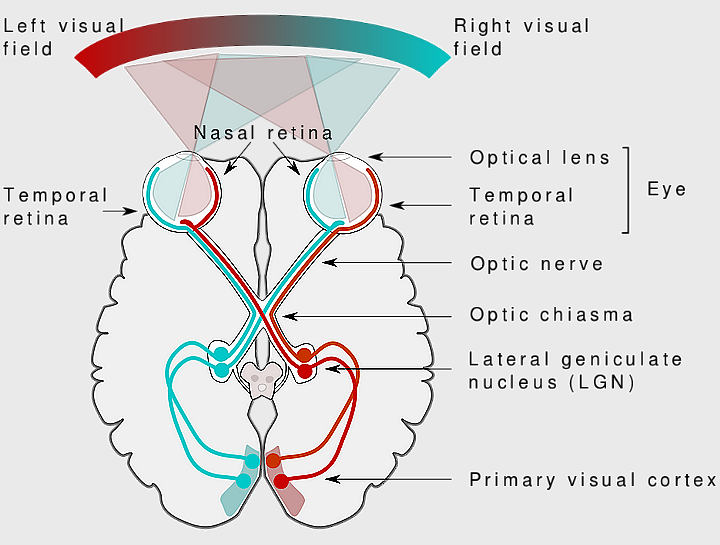
Our eye is a complex organ in itself and uses a fair percentage of the brain to process input, integrating this with other sensory experiences.
The ability this gives is fundamental to our perception of the world but can we be trained to be better at visual processing. Dermatology students in the US and UK are being schooled in art appreciation to find out.
Improving pattern recognition is part of the intention, an approach used to train artificial intelligence to identify signs of skin cancer. The human approach though instinctively brings in wider interpretation.
Each painting will have a different context, age and artistic style, adding subjective elements to be interpreted by the viewer.
Improved Cognition
The human mind has an instinctive ability to evaluate art, most of us placed in a room full of paintings would be able to pick out a few amateur works. The experiment has still shown that understanding can be improved.
Participants were given medical and art images to interpret before and after the art appreciation course. Almost all showed improvement in understanding a painting, along with greater visual diagnostic skills.
They had learned to look deeper and reflect on what they saw, to consider visual input alongside historical factors, rather than settle for a first impression, to appreciate what the visual stimulus meant.
An experienced art observer will have learned to look in a deeper, more thoughtful way, dermatologists can adopt the same approach.
Human Rather Than Artificial
Visual literacy is an essential part of a dermatologist’s toolkit, they need to be intrigued by what they see. Confirming that we can continue to improve visual ability in adulthood and by specific training is useful.
On a medical image, or in a face to face diagnosis, visual interpretation is the most fundamental action a dermatologist takes. Their ability to bring in subtle elements, to pause and consider is vital for their patient.
We now have artificial intelligence which can replicate part of the task, such as identifying certain skin cancer symptoms from digital images. This is based on neural networks similar to the human brain, which are fed large amounts of data.
A person can however understand an image and commit this to memory from just one sighting. They can add context, from each unique patient and through varied signs which might accompany a complex, or rare disorder, or a different skin colour.
The attachment they have to a patient as a fellow human matters, in a sense the reason that art communicates. We are pleased to see that learning more about a different form of communication could help us to help patients.
